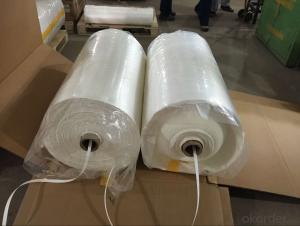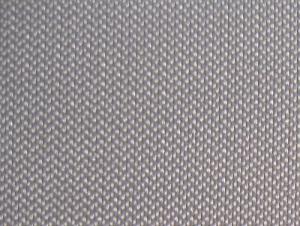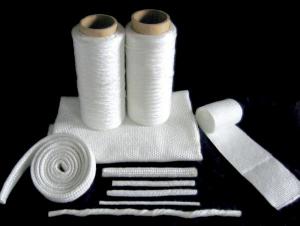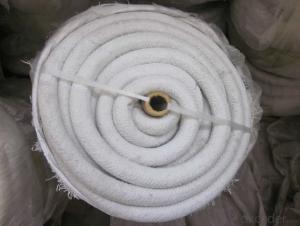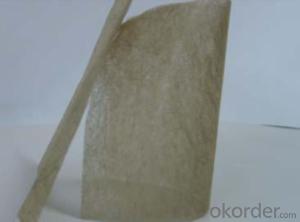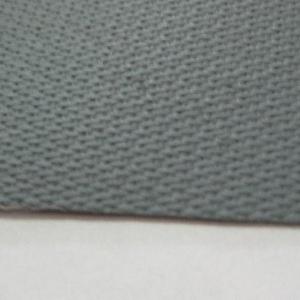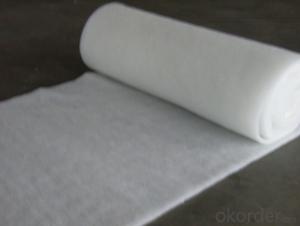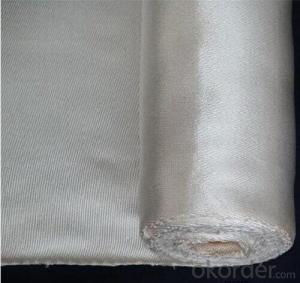18oz Silica Fiberglass Cloth Resisting 1000C for Heat Resistant
- Loading Port:
- China main port
- Payment Terms:
- TT OR LC
- Min Order Qty:
- 1000 m
- Supply Capability:
- 100000 m/month
OKorder Service Pledge
OKorder Financial Service
You Might Also Like
Product Description
Silica fiberglass is inorganic fiber that contents more than 96% of SiO2, it's resistant to high temperature, soft point 1700°C, long term service temperature 900 °C, it can work 10 minites at 1450 °C and keeps good state at 1600 °C for 15 seconds. For it's properties of chemical stability, high temperature resistance and ablation resistance, it widely used in aviationand aerospace, metallurgy, chemical, building material and fire fighting industry, etc.
Our factory is the only one that specialized manufacture silica fiberglass in China and has the production line of the whole process from marble making, fiber forming, weaving, and finish. The strength of silica fiberglass made from Na2O-B2O3-SiO2 system glass is 3-5 times higher than that from E glass. The products sold to more than 20 provinces, cities, autonomous regions and exported to foreign countries.
Silica fiberglass products are available in forms of needled mat, fabric, scrim, staple yarn, chopped strand and cord, etc.
Product Properties
1> SiO2>=96%
2> soft point nearly 1700°C, long-time working at 900°C
3> low thermal conductivity
4> good chemical stability
5> good electrical insulation
6> low thermal shrinkage
7> Non-asbestos product without pollution
8> good process performance
Product Uses
High temperature resistant, insulation and sealing material
High temperature ablation resistant material
Fireproof material (for fireproof protective clothe, fireproof curtain, fire blanket)
Dust collecting in media of high temperature gas and filtration in media of high temperature liquid
Filter for molten metal
Distinguisher, insulation material, filtration of automobile and motorcycle
Protective material for welding
Electricity insulation material
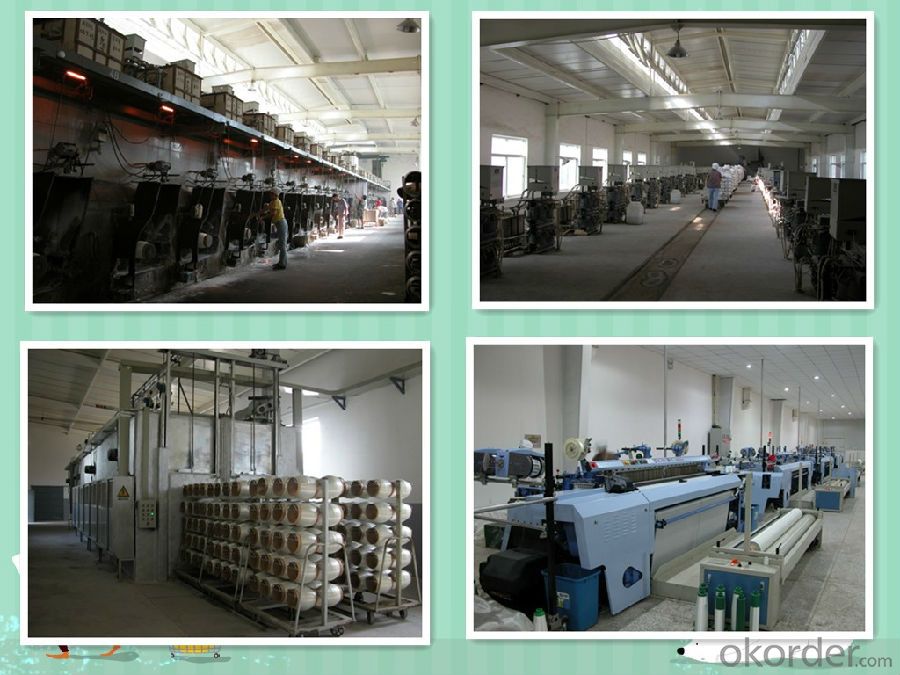
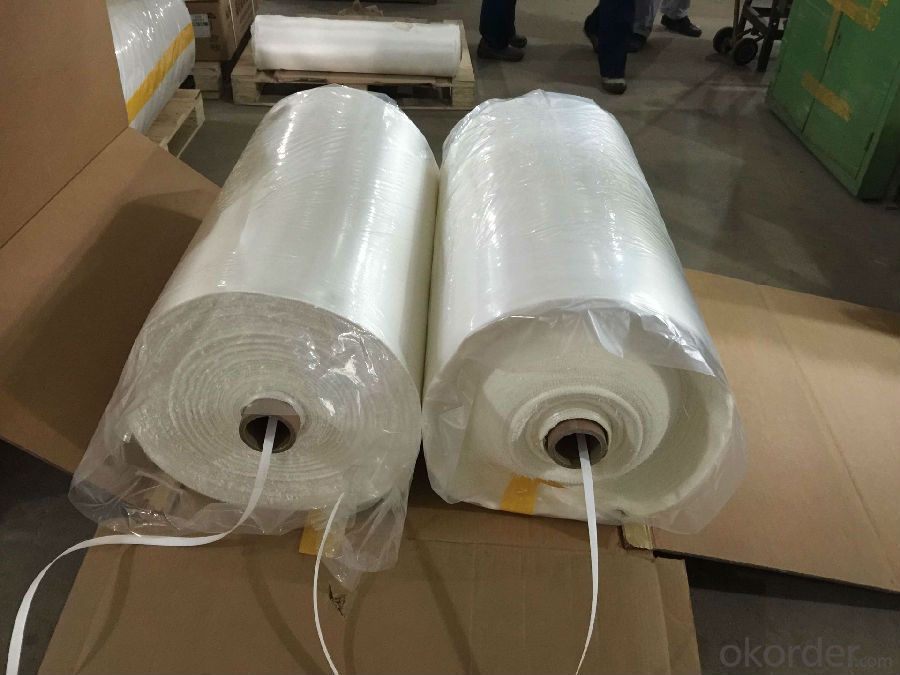
- Q:Are glass fiber textiles resistant to bacterial or fungal growth?
- Glass fiber textiles are generally resistant to bacterial or fungal growth. They are made from inorganic materials, mainly silica, which do not provide nutrients for bacteria or fungi to thrive. Additionally, the smooth surface of glass fibers makes it challenging for microorganisms to attach and form colonies. This natural resistance to microbial growth makes glass fiber textiles an appropriate choice in settings where hygiene and cleanliness are crucial, such as healthcare facilities, food processing, or cleanrooms. However, it is essential to recognize that although glass fiber textiles themselves are resistant to microbial growth, other elements or circumstances in the surrounding environment may still promote bacterial or fungal growth.
- Q:Can glass fiber textiles be used in tents or shelters?
- Yes, glass fiber textiles can be used in tents or shelters. Glass fiber textiles are known for their strength, durability, and resistance to various weather conditions, making them a suitable material for outdoor structures. These textiles can provide excellent insulation, blocking UV rays and retaining heat, making them ideal for keeping the interior of tents or shelters comfortable. Additionally, glass fiber textiles are fire-resistant, making them a safer choice for structures that may be exposed to open flames or sparks. Overall, glass fiber textiles offer a reliable and versatile option for constructing tents or shelters.
- Q:How do glass fiber textiles contribute to mold resistance?
- Glass fiber textiles contribute to mold resistance in several ways. Firstly, glass fibers are naturally moisture-resistant, which means they do not absorb water or retain moisture. Mold thrives in damp, humid environments, so by using glass fiber textiles in areas prone to moisture, such as bathrooms or basements, the risk of mold growth is significantly reduced. Secondly, glass fibers have a smooth and non-porous surface, which makes it difficult for mold spores to attach and grow. Mold typically needs an organic surface to feed on, and glass fibers do not provide the necessary nutrients for mold to thrive. This makes glass fiber textiles an unfavorable environment for mold growth. Additionally, glass fiber textiles are often used as a reinforcement material in composite products, such as drywall or insulation. These materials are commonly used in construction, where moisture and humidity can be a concern. By incorporating glass fiber textiles into these composite products, their overall mold resistance is enhanced, providing further protection against mold growth. Furthermore, glass fiber textiles are also fire-resistant, which is an important characteristic when it comes to mold prevention. Mold can often develop in areas where there has been a fire or water damage, as the dampness from the extinguishing process creates an ideal environment for mold growth. By using glass fiber textiles that are fire-resistant, the risk of mold growth in these situations is minimized. In summary, glass fiber textiles contribute to mold resistance due to their moisture-resistant nature, non-porous surface, use in composite products, and fire-resistant properties. By utilizing these textiles in various applications, the likelihood of mold growth is significantly reduced, helping to create a healthier and safer environment.
- Q:Can glass fiber textile be used in apparel?
- Glass fiber textile is indeed applicable in apparel. Commonly referred to as fiberglass fabrics, these textiles possess qualities such as being lightweight, long-lasting, and highly resistant to heat and chemicals. Due to these attributes, they are well-suited for various uses, including apparel. For instance, glass fiber textiles are utilized to produce protective clothing in industries such as firefighting and welding, where resistance to heat and flames is of utmost importance. Additionally, they find utility in sportswear and outdoor attire, providing insulation and increasing durability. However, it is essential to acknowledge that glass fiber textiles can feel rigid and uncomfortable against the skin. To enhance comfort, they are often combined with other fibers like cotton or polyester.
- Q:How do glass fiber textiles affect the moisture absorption or release of fabrics?
- Glass fiber textiles have a minimal effect on the moisture absorption or release of fabrics. Due to their low absorbency and moisture-wicking properties, they can help to enhance the breathability and moisture management of fabrics.
- Q:Are glass fiber textiles suitable for geotextile applications?
- Yes, glass fiber textiles are suitable for geotextile applications. They offer excellent strength, durability, and resistance to chemicals and environmental factors. Glass fiber textiles can effectively separate, filter, reinforce, and drain soils in geotechnical projects.
- Q:How do glass fiber textiles perform in terms of moisture wicking?
- Glass fiber textiles do not perform well in terms of moisture wicking. Unlike natural fibers such as cotton or synthetic fibers like polyester, glass fiber textiles do not have a high absorbency rate and are not designed to wick away moisture from the body.
- Q:Can glass fiber textiles be used in the energy sector?
- Yes, glass fiber textiles can be used in the energy sector. They have various applications such as insulation for thermal power plants, wind turbine blades, solar panels, and transmission lines. Glass fiber textiles provide high strength, durability, and resistance to extreme temperatures, making them well-suited for use in the energy industry.
- Q:Can glass fiber textiles be sewn?
- Yes, glass fiber textiles can be sewn.
- Q:How do glass fiber textiles resist fire?
- Glass fiber textiles resist fire due to the inherent properties of glass, which is highly heat-resistant. The fibers in glass textiles do not burn or melt easily, making them suitable for applications where fire protection is necessary. Additionally, the tight weave of these textiles creates a barrier that prevents flames from spreading, further enhancing their fire resistance.
1. Manufacturer Overview |
|
|---|---|
| Location | |
| Year Established | |
| Annual Output Value | |
| Main Markets | |
| Company Certifications | |
2. Manufacturer Certificates |
|
|---|---|
| a) Certification Name | |
| Range | |
| Reference | |
| Validity Period | |
3. Manufacturer Capability |
|
|---|---|
| a)Trade Capacity | |
| Nearest Port | |
| Export Percentage | |
| No.of Employees in Trade Department | |
| Language Spoken: | |
| b)Factory Information | |
| Factory Size: | |
| No. of Production Lines | |
| Contract Manufacturing | |
| Product Price Range | |
Send your message to us
18oz Silica Fiberglass Cloth Resisting 1000C for Heat Resistant
- Loading Port:
- China main port
- Payment Terms:
- TT OR LC
- Min Order Qty:
- 1000 m
- Supply Capability:
- 100000 m/month
OKorder Service Pledge
OKorder Financial Service
Similar products
New products
Hot products
